The Ministry of Forests, Lands, Natural Resource Operations and Rural Development is British Columbia’s land manager, responsible for stewardship of provincial Crown land, cultural and natural resources. The Compliance and Enforcement Branch (C&E) is the law enforcement arm of the ministry and is responsible for ensuring compliance with natural resource legislation.
In 2013, the Board examined the C&E program and released its “Monitoring Licensees’ Compliance with Legislation” special investigation report. The Board found that the number of inspections of forest and range activities was one-third the level carried out before the expansion of C&E’s mandate. Since that report came out, the C&E program has changed dramatically.
With focus on the Wildfire Act and FRPA, this investigation examines the compliance and enforcement framework that government has established.
This special investigation examined whether the roles and responsibilities of woodlot licensees, the Ministry of Forests, Lands, Natural Resource Operations and Rural Development, woodlot federation/association, and forest professionals in the Kootenay Lake Timber Supply Area (TSA) are clearly defined and understood, and are being carried out in a manner that ensures the woodlot licensees are complying with forest practices legislation.
Investigators assessed the activities of 15 woodlot licensees in the Kootenay Lake TSA portion of the Selkirk Natural Resource District for compliance with FRPA and the Wildfire Act.
This special investigation will assess if the mechanisms available under FRPA and associated IWMS guidance are adequate for maintaining species at risk habitat. Northern Goshawk will be used as a case study to evaluate both legal and voluntary measures to maintain suitable habitat for Northern Goshawk and their prey on the coast and in the interior.
The Board received a complaint about harvesting a young stand of trees that had been treated to increase the volume and value of the trees. The complainant was concerned that harvesting this young stand may impact timber supply and was not consistent with good forest stewardship or sound ecological principles.
The Board believed that one stand alone is not significant, so it decided to carry out a special investigation looking at the practice of harvesting young stands across five coastal timber supply areas (TSAs): the Arrowsmith, Fraser, Soo, Strathcona and Sunshine Coast.
The investigation examined the extent of young stand harvesting and the amount of harvesting in treated stands.
This is a Board special investigation to determine whether the parties who construct resource roads on steep terrain are meeting legal requirements of FRPA and following professional standards of practice and the related guidelines of the professional regulatory bodies. Are the roads stable, safe for industrial and public use, constructed according to plan, and is the potential for damage to the environment being mitigated?
In 2015 and 2016 the Board reviewed construction of 26 steep road segments in five resource districts across the province. The investigation found that while most of the road segments had qualified registered professional involvement and met the legal requirements, only 10 followed all of the professional practice guidelines. The Board also found that 6 of the road segments were considered structurally unsafe, and that 5 of the 6 were constructed in a manner that did not reduce the likelihood of a landslide or ensure protection of the environment. None of these road segments involved a qualified professional in the road design or construction.
These findings reflect all sizes and types of forest licensees—there is no trend.
